5 GPTs for Visual Recognition Powered by AI for Free of 2026
AI GPTs for Visual Recognition refer to a subset of Generative Pre-trained Transformers that are specifically designed or adapted for tasks in the field of visual recognition. These tools utilize advanced machine learning algorithms to analyze, interpret, and understand visual data, making them highly relevant for applications requiring image identification, classification, and processing. By leveraging GPTs, these tools offer tailored solutions for handling complex visual recognition tasks, emphasizing their role in enhancing automation and efficiency in various domains.
Top 5 GPTs for Visual Recognition are: Sketch Game,Video Analyzer,Is it sausage?,Hotdog or Not Hotdog,Insta Creation Assistant
Sketch Game
Unlock Creativity with AI-Powered Guessing
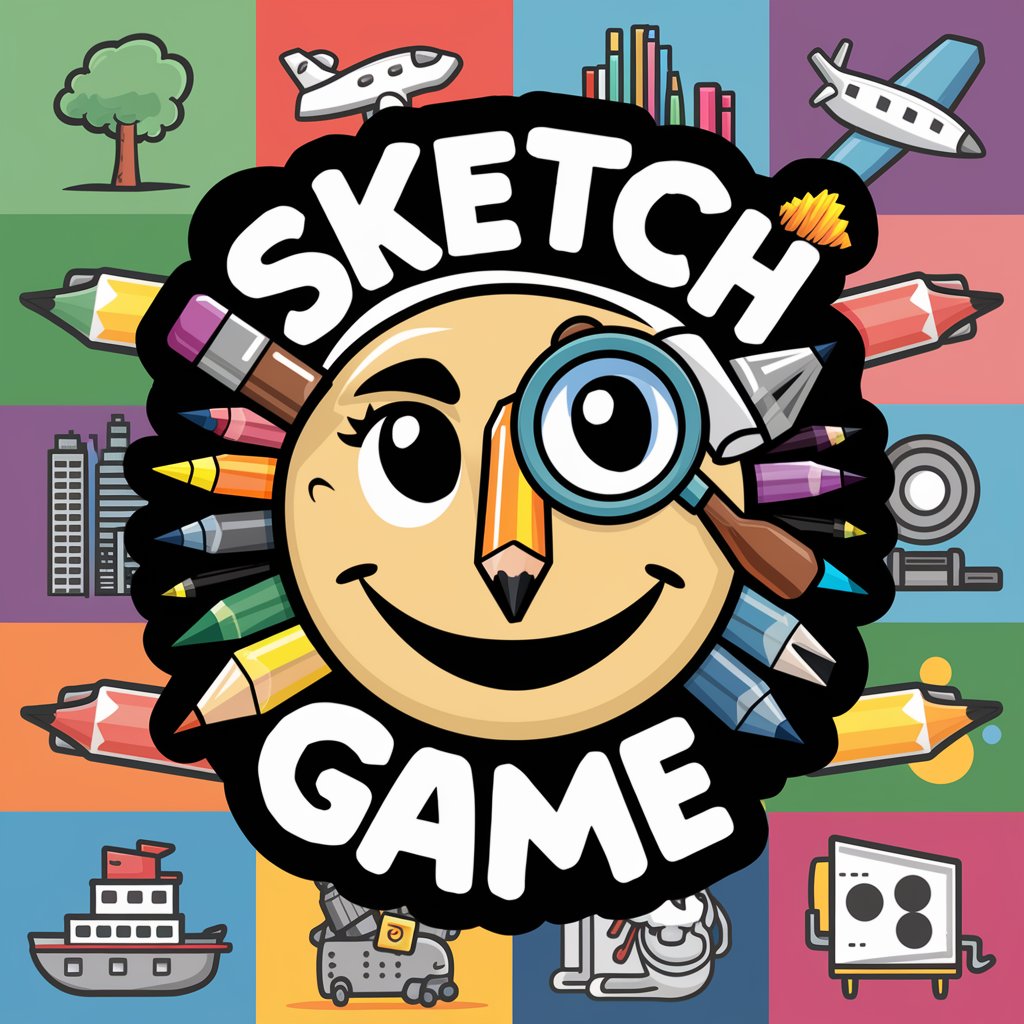
Video Analyzer
Unveiling insights with AI-powered video analysis
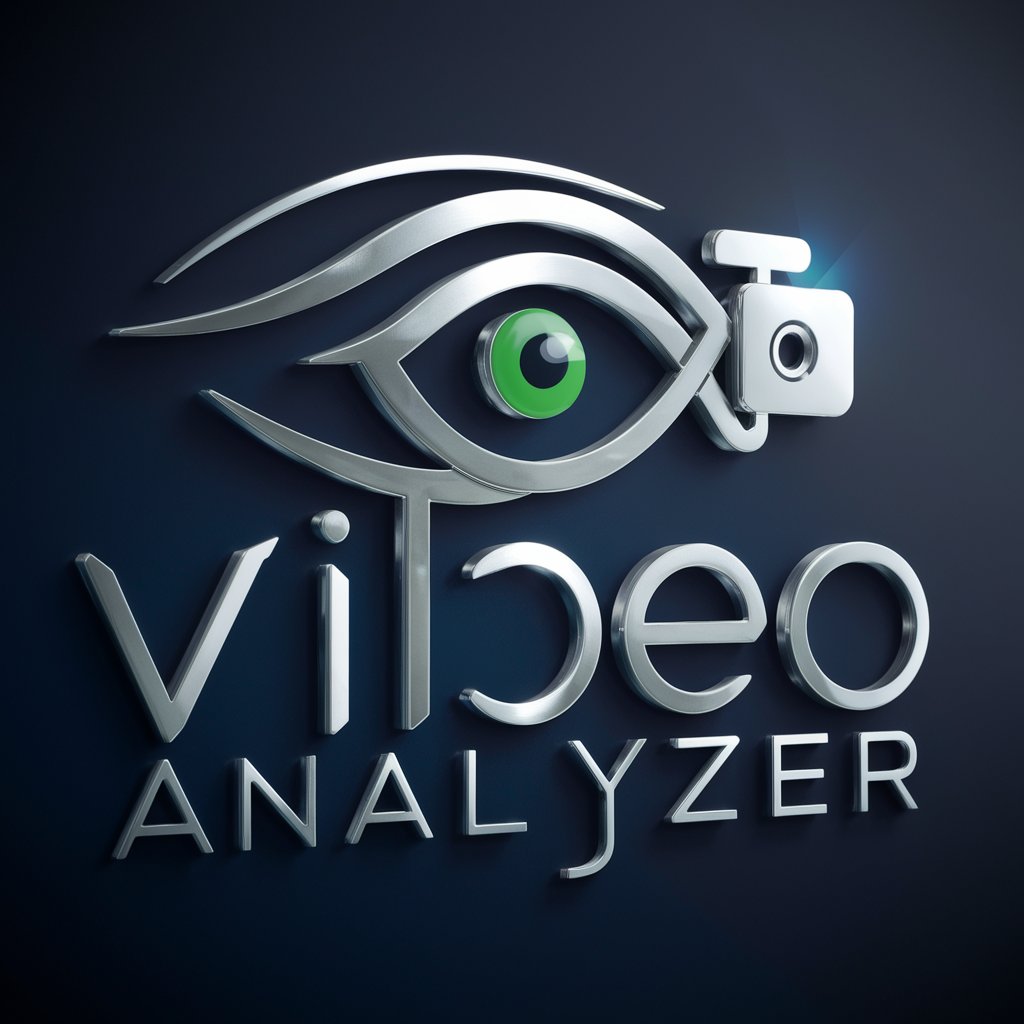
Is it sausage?
Deciphering visuals with AI humor.
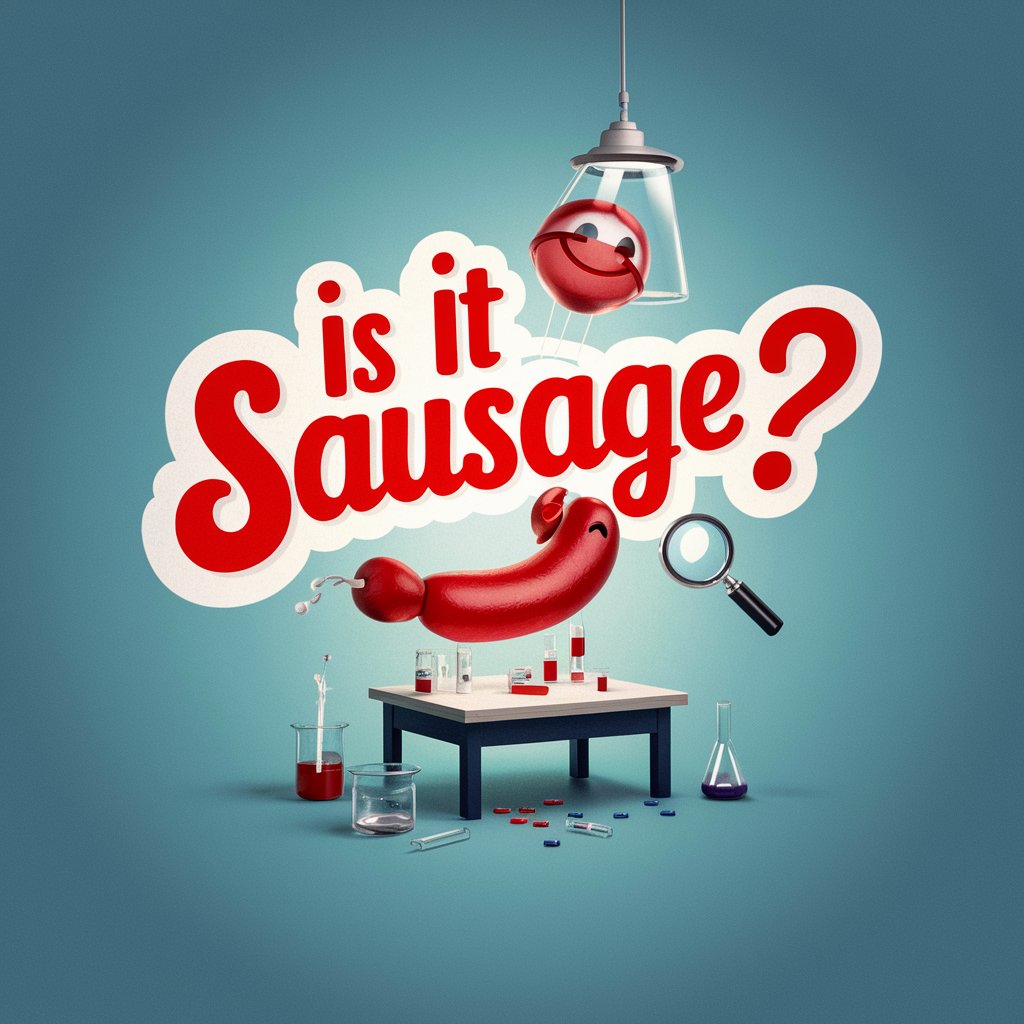
Hotdog or Not Hotdog
AI-powered hotdog recognition tool
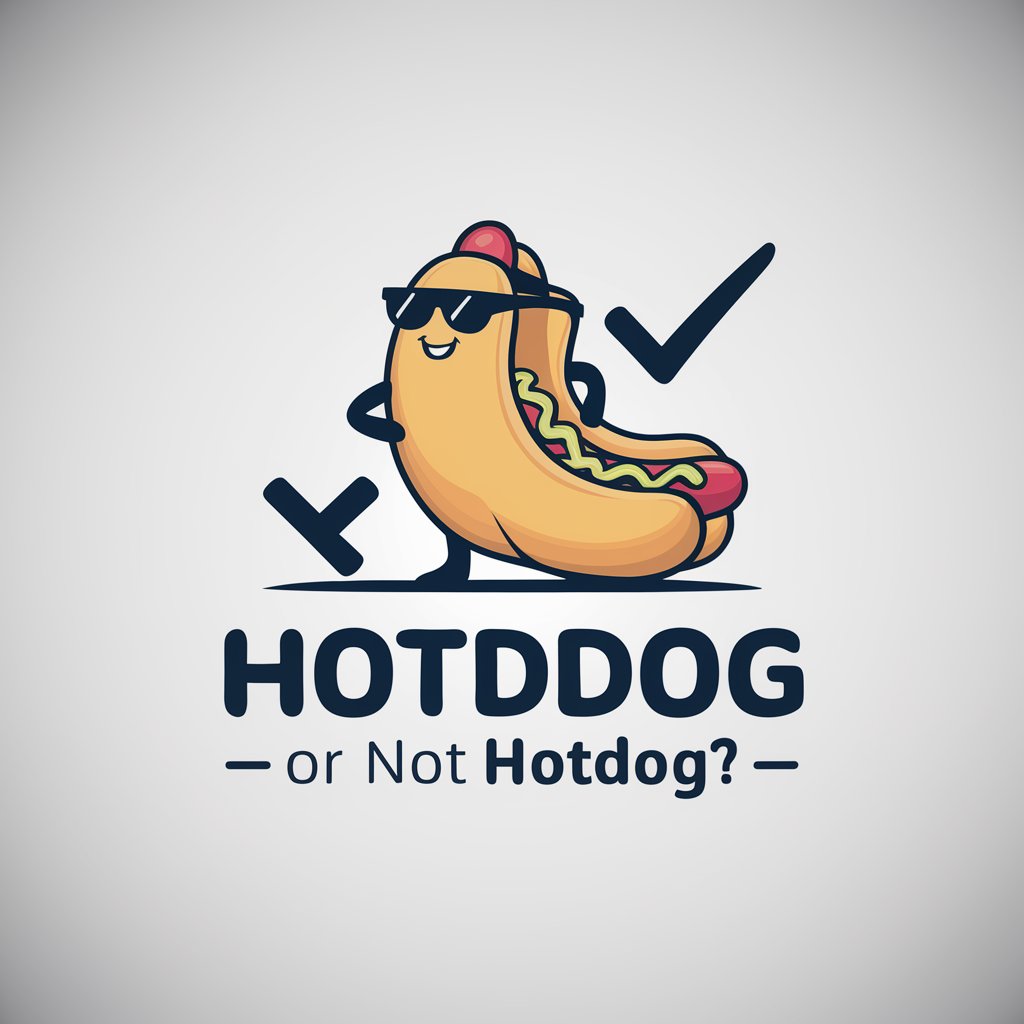
Insta Creation Assistant
Elevate Your Instagram Game with AI
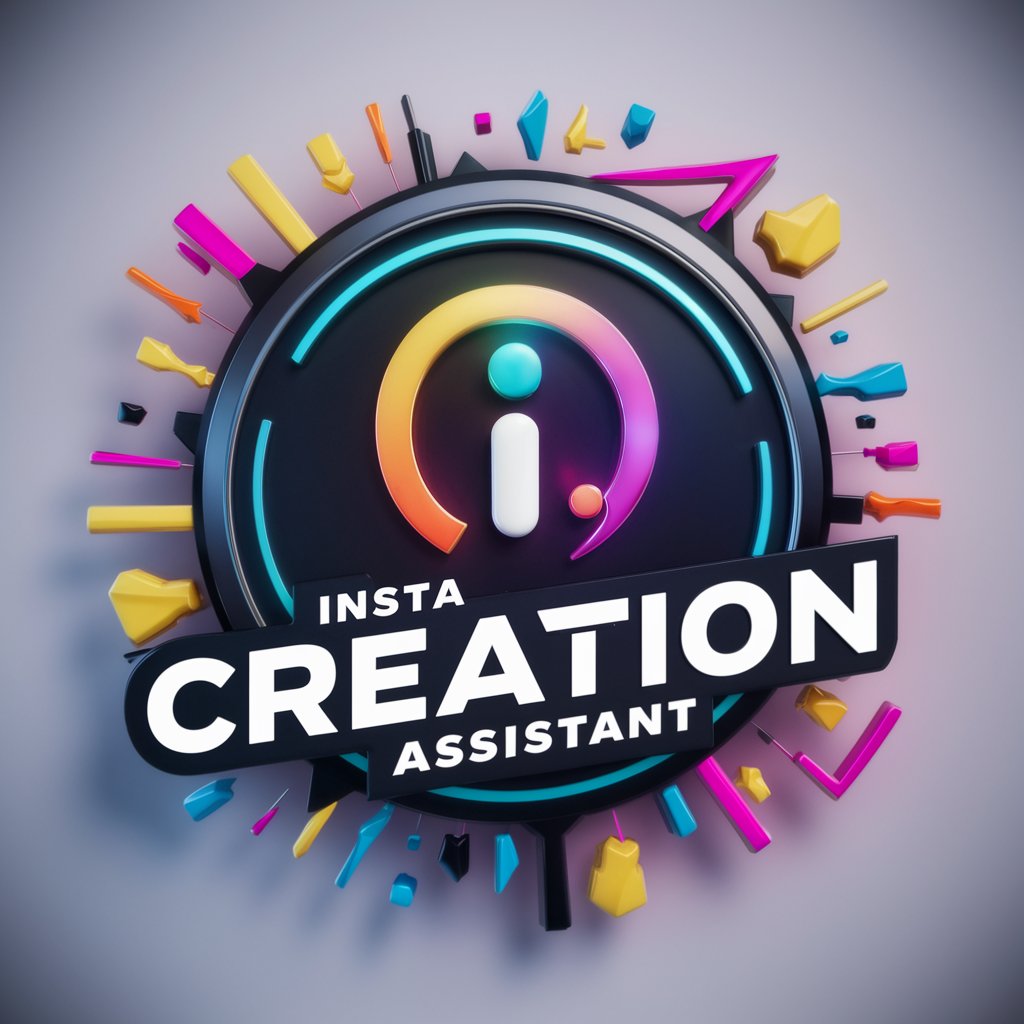
Key Characteristics and Capabilities
The core features of AI GPTs tools for Visual Recognition include adaptability to a wide range of visual recognition tasks, from simple image classification to complex scene understanding. These tools are distinguished by their ability to learn from vast amounts of visual data, improving their accuracy and reliability over time. Special features may include natural language processing for image descriptions, technical support for integrating with existing systems, web searching for image sourcing, image creation based on textual descriptions, and advanced data analysis capabilities for insightful visual data interpretation.
Who Benefits from Visual Recognition GPTs?
AI GPTs tools for Visual Recognition are beneficial to a diverse audience, including novices looking to understand visual data, developers seeking to build or enhance visual recognition applications, and professionals in fields where visual data plays a critical role. These tools are designed to be accessible to users without coding skills, offering intuitive interfaces and guided processes, while also providing extensive customization options for users with programming expertise.
Try Our other AI GPTs tools for Free
Historical Renovation
Discover how AI GPTs tools revolutionize Historical Renovation, offering tailored solutions for restoration, research, and the preservation of cultural heritage through advanced AI technology.
Digital Innovation
Discover how AI GPTs for Digital Innovation can transform your digital projects with advanced AI tools designed for creative solutions, efficiency, and problem-solving.
Experience Gifts
Discover the future of gifting with AI GPTs for Experience Gifts. Personalize and enhance your gift-giving with our cutting-edge AI tools designed to create unforgettable experiences.
Comparative Law
Discover AI GPTs for Comparative Law: innovative tools transforming legal research with AI-powered analysis and insights into global legal systems.
Product Preview
Discover how AI GPTs for Product Preview can transform your product marketing with dynamic, customizable demonstrations, engaging descriptions, and interactive experiences.
Collectors' Guide
Discover how AI GPTs for Collectors' Guide revolutionize collecting with advanced AI technology. From novice enthusiasts to experts, these tools offer tailored insights, valuation, and market trends for an enhanced collecting journey.
Expanded Perspectives on Visual Recognition GPTs
AI GPTs for Visual Recognition are not just tools for automating tasks; they offer customized solutions across sectors, enhancing the way we interact with visual data. With user-friendly interfaces and the potential for seamless integration, these tools represent a significant advancement in making sophisticated visual recognition capabilities accessible to a broader audience, empowering users to leverage the power of AI for diverse applications.
Frequently Asked Questions
What exactly are AI GPTs for Visual Recognition?
AI GPTs for Visual Recognition are specialized machine learning models designed to interpret and understand visual data, aiding in tasks such as image classification, object detection, and visual data analysis.
How do these tools learn to recognize images?
They learn from vast datasets of images and their descriptions or labels, using this data to train their algorithms to recognize patterns, features, and objects in new images.
Can I use these tools without any programming knowledge?
Yes, many AI GPTs for Visual Recognition are designed with user-friendly interfaces that do not require programming knowledge to use effectively.
What makes these tools different from other image recognition software?
Their adaptability and learning capabilities, driven by GPT technology, allow them to improve over time and tailor their functionality to specific tasks and datasets.
Can these tools integrate with existing systems?
Yes, many AI GPTs for Visual Recognition offer APIs and other technical support features that allow for integration with existing systems and workflows.
Are there customization options for developers?
Yes, developers can access a range of customization options, including the ability to train the tools on specific datasets and modify algorithms for specialized tasks.
How do these tools handle privacy and data security?
AI GPTs for Visual Recognition incorporate various measures to ensure privacy and data security, including data encryption and compliance with privacy regulations.
What are the potential applications of these tools?
These tools can be applied in numerous fields, including security and surveillance, healthcare for medical image analysis, automotive for autonomous driving, and retail for product recognition.